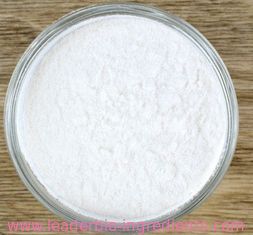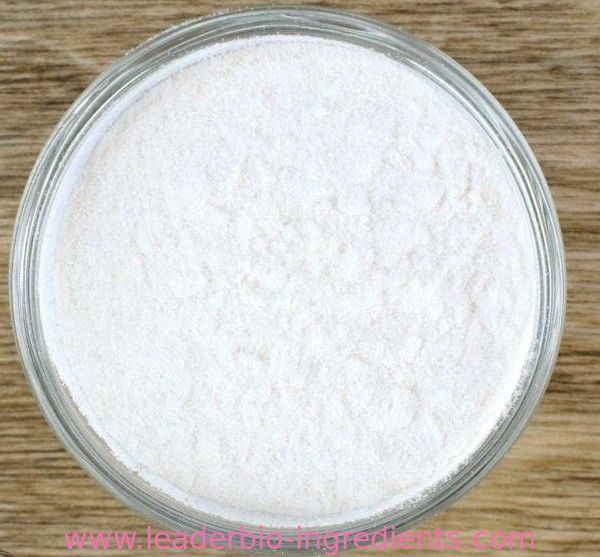| Description |
Piceatannol is a chemical compound with similar structure to resveratrol, being widely existed in vegetables such as grapes, blueberries and passion fruit. It is capable of inhibiting the growth of immature adipocytes, so as to achieve the purpose of weight loss. In addition, it also helps prevent cancer, heart disease and neurological diseases.
In early April 2012, researchers in Purdue University has published a new study in journal, finding that piceatannol can delay the production of new fat cells, and inhibit the growth of immature fat cells into mature cells, which can help control the obesity. The researchers also claim that while this study shows that red wine helps to lose weight, further research is needed to improve the stability and solubility of the white fat to maximize its effect.
Laboratory preparation: 3, 4-dibenzyl alcohol is used as the starting material; to obtain the target product; the raw material needs to undergo bromination, Arbuzov rearrangement reaction, Wittig-Horner reaction and demethylation reaction. |
| Application |
Antioxidants, having anti-inflammatory, anti-thrombotic, anti-cancer, anti-cancer, anti-hyperlipidemia, anti-bacterial activities. |
| Chemical Properties |
yellow to golden or green crystalline powder |
| Uses |
A human metabolite of Resveratrol (R150000). |
| Definition |
ChEBI: A stilbenol that is trans-stilbene in which one of the phenyl groups is substituted by hydroxy groups at positions 3 and 4, while the other phenyl group is substituted by hydroxy groups at positions 3 and 5. |
| Biological Activity |
Anti-inflammatory, immunomodulatory and antiproliferative agent. Inhibits p56 lck and syk protein tyrosine kinases and inhibits TNF-induced NF- κ B activation and gene expression. Synthesis results from conversion of resveratrol (5-[(1E)-2-(4-Hydroxyphenyl)nyl]-1,3,benzenediol ) by cytochrome P450 1B1. |

